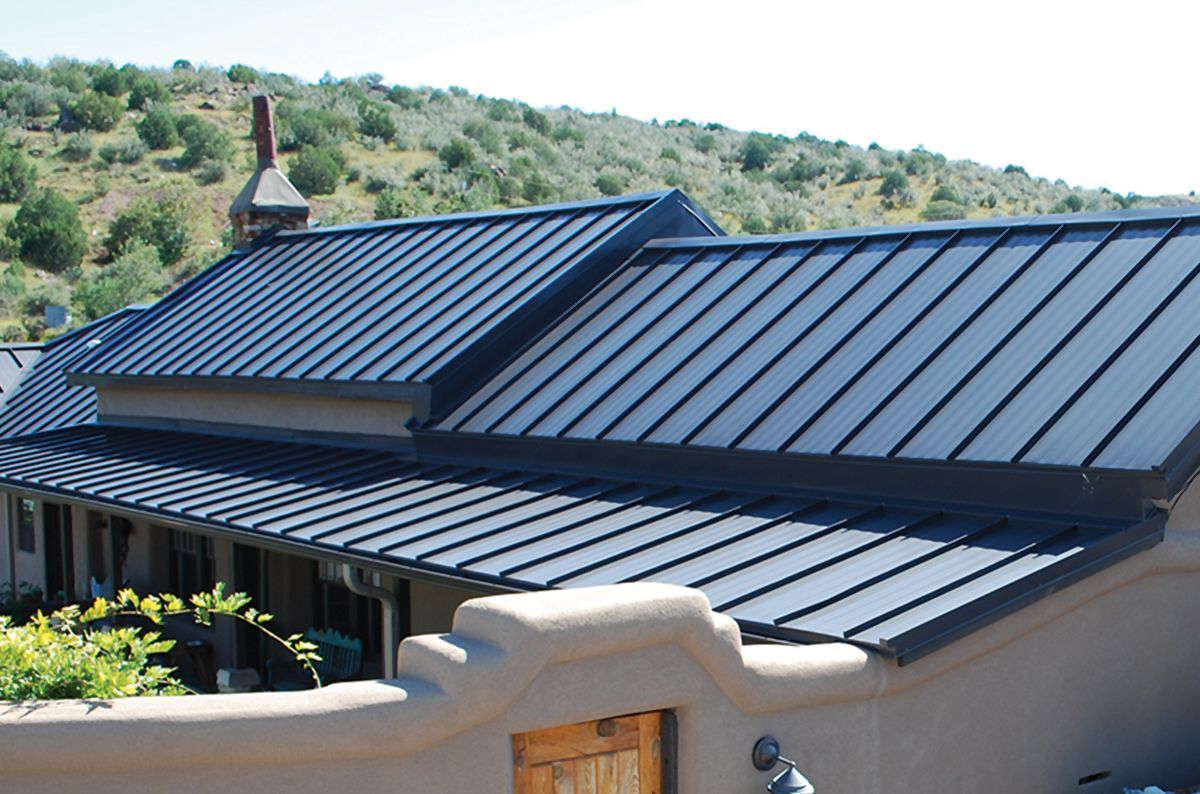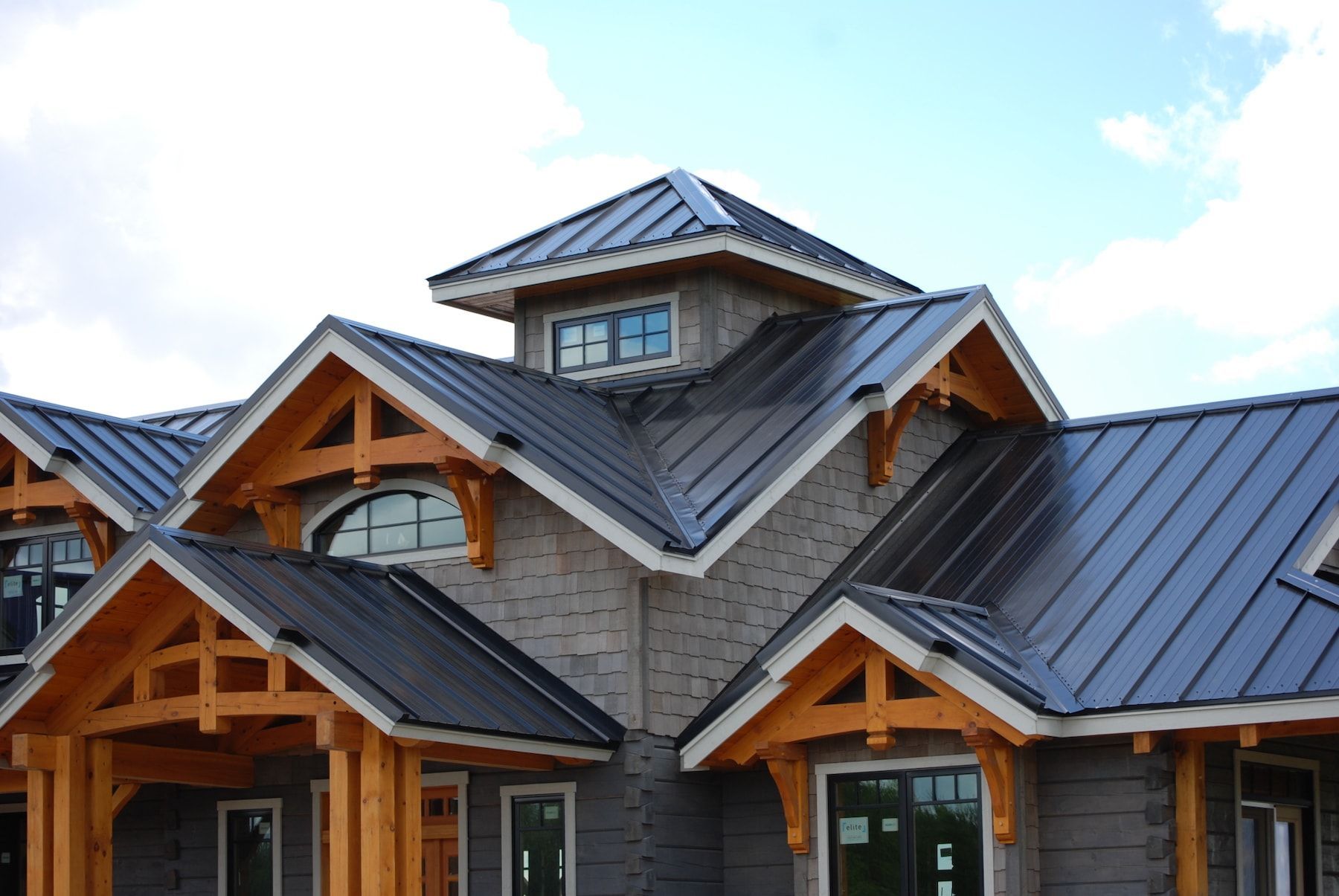How we identify roof damage
Identifying a damaged roof
1. Start with an Exterior Roof Inspection
Conducting a visual inspection of your roof from the ground is the first step in identifying potential damage. Here’s what to look for:
A. Missing or Damaged Shingles:
- What to Look For: Look for any shingles that are cracked, curling, or missing altogether. Shingles that appear worn or out of place can compromise the roof's ability to protect your home.
- Why It Matters: Damaged or missing shingles can allow water to penetrate the roof, leading to leaks, mold growth, and structural damage.
B. Granule Loss:
- What to Look For: Check your gutters and downspouts for an accumulation of shingle granules. You may also notice bare spots on the shingles themselves.
- Why It Matters: Granules protect shingles from UV rays and weathering. Significant granule loss indicates that the shingles are aging and may need to be replaced.
C. Sagging Roofline:
- What to Look For: Stand back from your house and observe the roofline. It should be straight and level. If you notice any sagging or dips, this could indicate structural issues.
- Why It Matters: A sagging roofline can be a sign of serious problems, such as rotting roof decking or compromised structural supports, which require immediate attention.
D. Flashing Damage:
- What to Look For: Inspect the areas around chimneys, skylights, and vents for any loose or damaged flashing. Flashing is usually made of metal and is designed to seal these areas against water intrusion.
- Why It Matters: Damaged flashing can allow water to seep into your home, leading to leaks and water damage in the attic and interior walls.
E. Algae, Moss, or Mold Growth:
- What to Look For: Look for green or black streaks on your roof, which indicate algae, moss, or mold growth. These organisms thrive in moist environments and can damage your roof over time.
- Why It Matters: Moss and algae can trap moisture against your roof, leading to rot and decay. Mold growth can also pose health risks to your household.
2. Perform an Interior Inspection
Sometimes, roof damage is more apparent from the inside of your home. Here’s what to check indoors:
A. Ceiling Stains or Discoloration:
- What to Look For: Check your ceilings and walls for any brown or yellow stains, which may indicate water damage. Pay special attention to areas near chimneys, skylights, and vents.
- Why It Matters: Stains are often a sign of a roof leak, which can lead to more severe water damage if not addressed promptly.
B. Peeling Paint or Wallpaper:
- What to Look For: Look for peeling paint or wallpaper, particularly near the ceiling or around windows. This can be a sign that moisture is getting into your home.
- Why It Matters: Moisture intrusion can weaken your home’s structure and promote the growth of mold and mildew.
C. Attic Inspection:
- What to Look For: Visit your attic and look for signs of water damage, such as damp insulation, mold, or rot. Also, check for any sunlight peeking through the roof boards.
- Why It Matters: Water entering your attic can cause extensive damage to your roof's underlying structure, insulation, and stored belongings.
D. Musty Odors:
- What to Look For: Pay attention to any musty or moldy smells in your attic or upper levels of your home. This odor often indicates moisture problems.
- Why It Matters: Musty odors are often a sign of mold growth, which can lead to health issues and require expensive remediation efforts.
3. Monitor for Warning Signs
In addition to regular inspections, stay alert for other warning signs that your roof may be damaged:
A. Increased Energy Bills:
- What to Look For: If you notice a sudden spike in your energy bills, it could be due to roof damage that is compromising your home’s insulation.
- Why It Matters: A damaged roof can allow warm or cool air to escape, forcing your HVAC system to work harder and increasing your energy costs.
B. Water Leaks After Rain:
- What to Look For: If you notice water spots, drips, or puddles in your home after a rainstorm, this is a clear indication of a roof leak.
- Why It Matters: Even minor leaks can lead to significant water damage, mold growth, and structural issues if not repaired quickly.
C. Animal Activity:
- What to Look For: Listen for the sound of animals, such as squirrels or birds, in your attic. Also, check for signs of nesting or droppings.
- Why It Matters: Animals can enter your attic through damaged areas of the roof, causing further damage and creating health hazards.
4. Schedule a Professional Roof Inspection
While DIY inspections are essential, a professional roofing contractor has the expertise to identify issues that might be overlooked. Schedule a professional inspection if you notice any of the signs mentioned above or if your roof is nearing the end of its lifespan.
A. What to Expect:
- Comprehensive Assessment: A professional will thoroughly inspect your roof, both from the outside and inside, to identify any damage or potential issues.
- Detailed Report: You’ll receive a detailed report of the findings, including recommended repairs or replacements.
- Cost Estimate: If repairs or replacement are necessary, the contractor will provide a cost estimate for the work.


